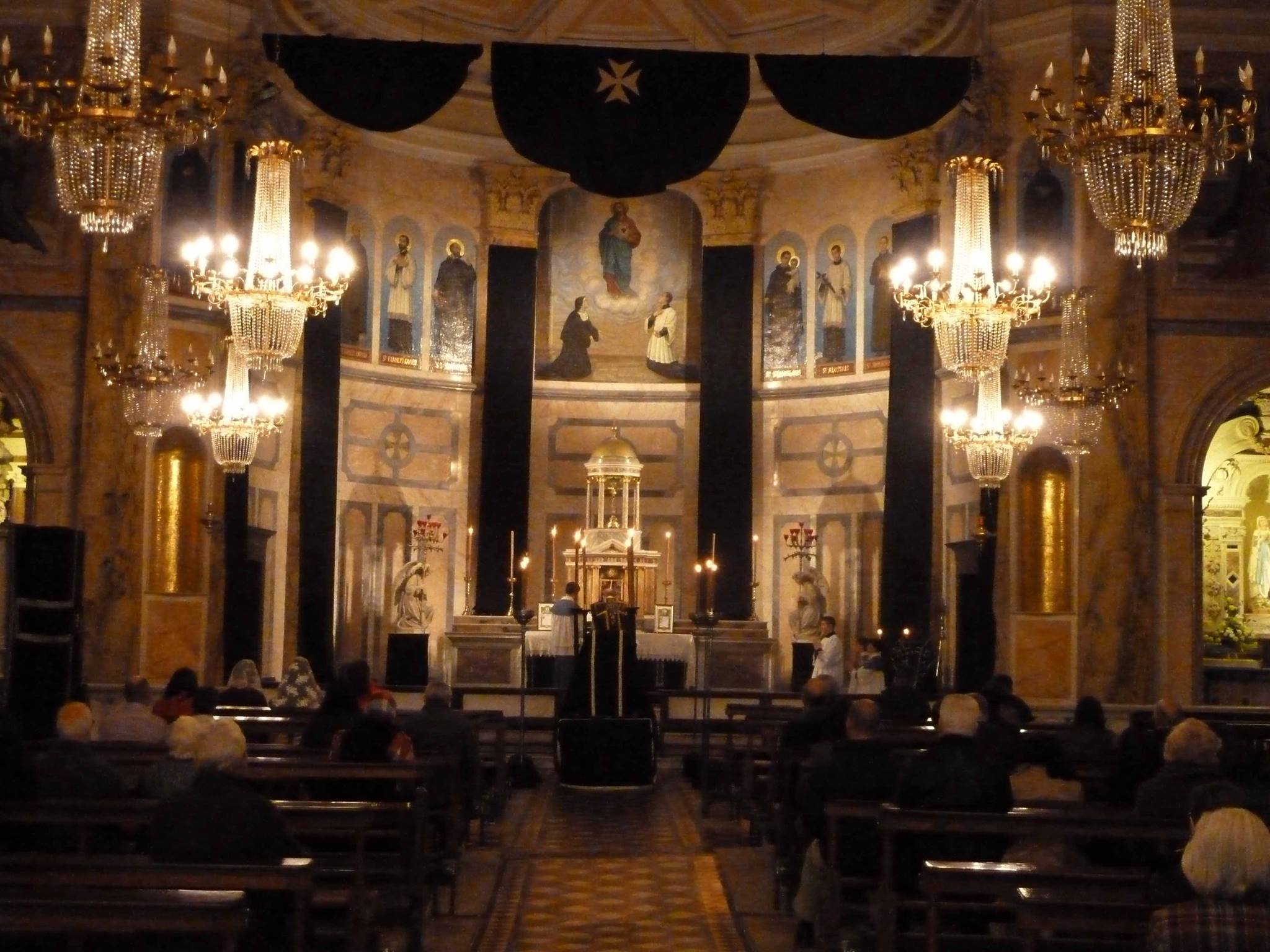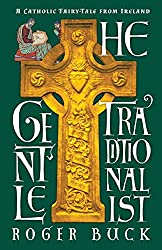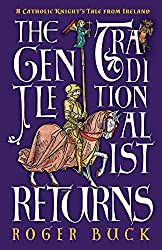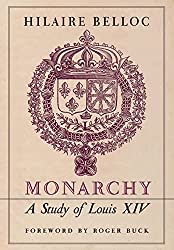
Here I am in Ireland, staring at the destruction of centuries of faith – in a mere two decades.
What the Tudors, Oliver Cromwell and the penal laws failed to achieve in hundreds of years has now been accomplished in a mere twenty.
A largely hostile media, plus Anglo-American driven globalisation, would seem to deserve much of the ‘credit’.
There is also the horror of the abuse against children, by a small, but terrible, proportion of the clergy, which we must consider – and will do in time (a certain, limited foretaste of what I mean to say can be found here).
Moreover, it has to be said, the desacralised, even zany manifestations of the Church of recent decades do not inspire people with the zeal the traditional Church once did.
In time, then, we will consider these different aspects of the tragedy of Irish Catholicism, a tragedy which is hardly disconnected from the Church worldwide. Rather, the Irish tragedy both participates in and reflects the wider situation of the Church in the West.
And so I hope these ongoing reflexions on Catholic Ireland will also be relevant to a broader audience of people, around the planet, seeking answers, like I am seeking answers, to the ecclesiastical catastrophe.
Now, I said before, my treatment of these things will not be systematic, but piecemeal.
And today, we will begin to look at a piece of this puzzle. It is a piece that offers hope – a very special peace, I think.
That piece is the presence of the Institute of Christ the King Sovereign Priest (ICKSP) in Ireland (and, of course, elsewhere).
The Institute of Christ the King is one of the two foremost societies of priests in the world (along with the Fraternity of St. Peter) for restoring the Latin Mass and the fullness of Catholic tradition. (At least, amongst those which are characterised by complete fidelity to Rome.)
It should be also said that I have come to have a very great love for the Institute, having lived near her in both Liverpool and Madrid.
But, dear Reader, you may be asking: How does the Institute of Christ the King connect with the above?
There is much to say. As I have indicated, this entry is only a beginning. We are only starting our approach …
But let me observe this. Clearly, the Irish Church today – like the Church throughout the West – has nothing like the zeal She once did.
And last time, we considered the wall: the wall against the faith, the wall of disinformation, which has characterised the Anglosphere for centuries. But only recently has this wall begun to be erected in Ireland.
It would seem that the only answer lies in a Church not with less zeal than in the past, but more zeal – zeal like never before.
We need to ask then: What inspires zeal?

Much, much might be said on this matter – whole books in fact. For now, let us simply note that the pre-Vatican II Church clearly inspired zeal. As I have written in my upcoming book:
Before the Council, the Church was robust in ways that are often forgotten. Now, it is true that there were parts of the world, where the Church appeared to decline before Vatican II. In France, certainly there was decline. But … France was a special – and truly ugly – case: French Catholicism had been persecuted for generations. In other countries, the situation of the Church was very different. In places like Ireland, Poland and Italy the Church flourished.
But most remarkably, it was in the Anglo-American world, where Catholicism had been weak, that the faith was growing – that is, until the Council. Thus, 1959 represented the high-point for English conversions.
And 1960 has been commonly regarded as the zenith of American Catholicism. For in 1960, the unthinkable happened in the U.S.A.. Because prior to that time, it had been ‘common wisdom’ that Americans would never accept a Catholic president.
But that November, John Fitzgerald Kennedy was narrowly elected. As Charles R. Morris points out, Kennedy’s election was a manifestation of the growing Catholicisation of the United States, which proceeded right up till the 1960s.
According to Morris, the trend was so marked as to alarm the Protestant majority, which expressed noticeable fear regarding Catholic progress.
Then, the Council came and it was only afterwards that the Church began to rapidly lose ground in American life …
Clearly, the pre-Vatican II Church was attractive to people in the Anglosphere. Growing numbers of people converted. Presumably, they converted because they liked what they saw.
Yes prior to Vatican II, Catholicism experienced a meteoric rise in America. And even profoundly Protestant England was partaking in the same phenomenon – at least a little.
After the Council, not only did that meteoric rise grind to a halt. It went into reverse – spectacularly. Vocations dried up, confessions became vastly reduced, as did confirmations, Catholic marriages etc. Ennui set in …
As Joseph Cardinal Ratzinger once observed, before he became H. H. Benedict XVI, the Council aspired to the very opposite of this:
What the Popes and Council Fathers were expecting was a new Catholic unity, and instead one has encountered a dissension which – to use the words of Paul VI – seems to have passed over from self criticism to self destruction. There had been the expectation of a new enthusiasm, and instead too often it has ended in boredom and discouragement.
There had been the expectation of a step forward and instead one found oneself facing a progressive process of decadence, that to a large measure has been unfolding under the sign of a summons to the presumed ‘spirit of the Council’ …
Real reform of the Church presupposes an unequivocal turning away from the erroneous paths whose catastrophic consequences are already incontestable [Italics mine].
What is to be done?

The soul who loves the Church cannot help but ask this question – in pain – every day. But it will come as no surprise to regular readers of this site that my own answer – after years of seeking – lies largely with the liturgy. As Joseph Cardinal Ratzinger also observed:
When the liturgy is something each one makes by himself, then it no longer gives us what is its true quality: encounter with the mystery which is not our product but our origin and the wellspring of our life … I am convinced that the ecclesial crisis in which we find ourselves today depends in great part upon the collapse of the liturgy [Italics mine]
Here is why I write, dear Reader, in severe terms of the danger of liberal Catholicism becoming a clone of Protestantism. Here is why I write about the terrible cost of Zany Catholicism …
For after years of searching for answers, first as a liberal Catholic myself and then an ever-increasingly traditional Catholic, I have been compelled to concur with the words of Joseph Cardinal Ratzinger: The collapse of the liturgy has cost us all far more than is commonly recognised.
Still, as I search for my own answers to the ‘ecclesial crisis’ – as Cardinal Ratzinger has put it – I see more than just the liturgy.
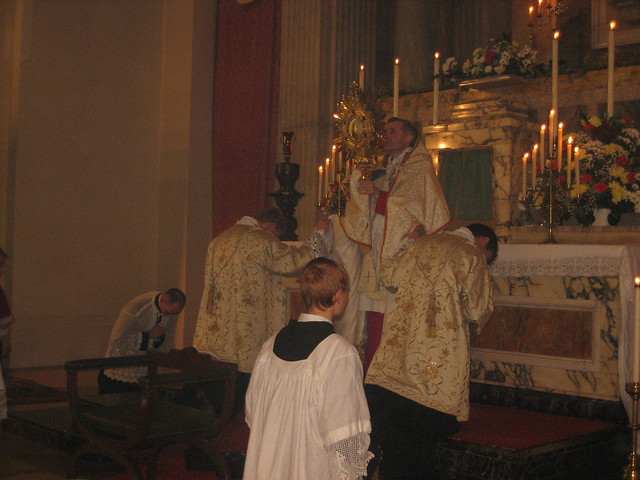
I see a mysterious sacramental complex of factors. That complex, for example, very much includes the spiritual POWERHOUSE of sincere, regular confession.
Sincere, regular confession – how it diminished after the Council!
But this mysterious complex involves more – much more. In Ireland, for example, the ordinary Irish home was once protected by consecrated holy water. Ordinary Irish people had fonts of holy water at the entry of their houses, or even the entry to their bedrooms …
The Sacraments – all seven! – were once very important in Ireland, as well as Sacramentals like the Rosary and Holy Water. All this fostered the very remarkable situation I have described here:
It was not till I went to live in Ireland [in 2004] that I began to really understand how the Mystical Body of Christ might redeem not simply individuals, but also how It could work to redeem all of culture …
Yes, Ireland changed my perception of the Mystical Organism of the Church forever. For when I went to live there, I encountered living memory of a culture, which had been very markedly different from the Anglosphere beyond her shores.
At least, living memory in Ireland included a culture radically different from the England and America which had reared me.
In other words, in Ireland, people still remembered – and frequently deeply mourned – the integral Catholic culture which they had known in their youth.
This integral Catholic culture – something of it can be glimpsed from a national survey of the Irish Republic, from as late as 1973-1974. That survey found that over ninety per cent of Catholics went to Mass weekly and nearly forty seven per cent went to confession once a month, whereas ninety seven per cent prayed daily. Seventy five per cent of those surveyed put up holy pictures or statues.
Furthermore, around a quarter of the population went to Mass more than once a week and a similar proportion went to confession once a week or more!
Yes, even as late as 1973, Ireland was animated by a spirit, by a zeal, that had not yet been broken by the spirit unleashed by Vatican II. (Please note: I have not said Vatican II itself – only a certain spirit that Council unleashed.)
This post, I imagine, raises more questions than it answers.
What has all this to do with the Institute of Christ the King?
Or at least, why am I so emphasising the Institute of Christ the King and not other noble efforts to restore tradition?
Why, for example, have I said nothing about local initiatives for the Latin Mass – such as Ireland’s own Latin Mass society (featured in our new Irish blogroll on the left)?
And what do I really mean by this mysterious sacramental complex of factors that once preserved the Faith …?
You will need to be patient, dear Reader. For as I said, we are only approaching our theme.
This theme, therefore, is definitely to be continued …
Foreword for Monarchy by Roger Buck
Buying Books at Amazon Through These Links Gives Us a Commission. This Supports Our Apostolate. Thank You if You Can Help Us Like This!
